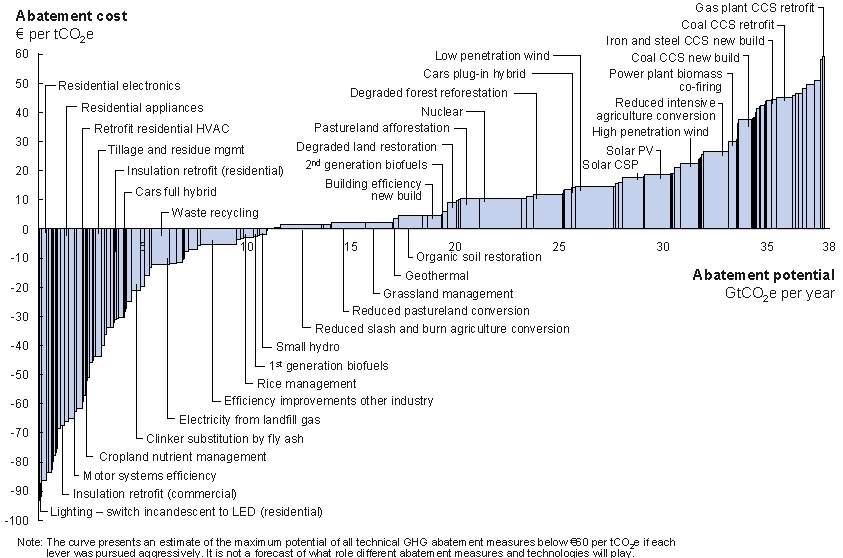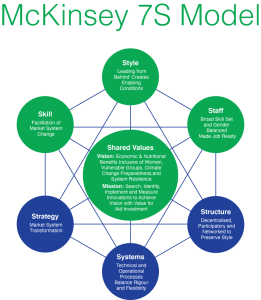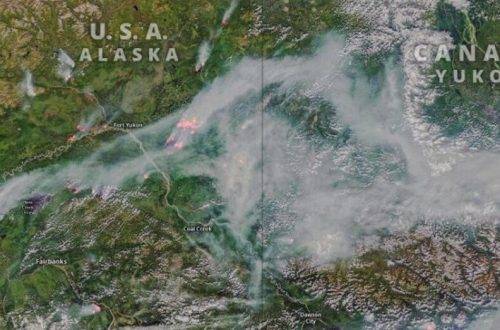
McKinsey’s Climate Model in PNG
It is reported that Australian aid money is supporting adaptation of the “Low Cost Carbon Curve” model developed in the US by McKinsey and Co for Papua New Guinea. The same model has been adapted in Indonesia and Guyana as well as other developing countries.
It was even adapted in Australia where research by consultants, ITS Global, for Australian industry revealed that there were fundamental problems with the assumptions in the core model. Economic consultants, Charles River and Associates found the McKinsey model systematically understated the costs of switching to low carbon emission industries and overstated the benefits of new and replacement technologies.
The modeling undertaken in Australia with assistance from Australian climate change officials incredulously found Australia could switch its electricity generation, from cheap coal to more expensive natural gas, without an increase in electricity prices.

The McKinsey model was used in Indonesia to construct a model purporting to show that if forest conversions ceased, Indonesia’s emissions — assessed as mainly from deforestation — would fall dramatically. This would supposedly enable Indonesia to meet the Government’s dramatic commitment to reduce emissions by 26 percent by 2020 at virtually no cost. No other country outside the EU has made such a large commitment.
Controversially, the work relied on an assessment of emissions based on the claim that Indonesia was the world’s third largest emitter. That claim has been demonstrated as unsupportable, although many environmental campaign groups continue to treat it as if it is real.
Recent reports show that deforestation rates in both Indonesia and Brazil have fallen significantly. The FAO has reported that deforestation rates in PNG are low.
Research by US-based NGO World Growth has found that figures for global emissions from forest conversion have been significantly overstated. Rather than the 17 percent claimed in the UK Stern Review in 2007 (inflated by Greenpeace to 20 percent) they are much more likely to be between 4 and 8 percent.
The reality is that no dependable, overall assessment of Indonesia’s carbon emission from all sectors has been made. The extent of emissions from forestry has been considerably overstated; if Indonesia seeks to meet its target, emissions will need to be derived from other activities, such as farming, oil and gas extraction, mining and transport (in particular use of motorcycles). This would depress economic growth.
If the same methodology is applied in PNG, pressure to reduce emissions might fall on similar areas. It is important to get the right baseline for land-use emissions in PNG. NGOs will no doubt push the controversial Shearman report on deforestation produced last year which has been panned by experts as a significant overstatement of the rate of deforestation. Greenpeace are fond of quoting it.
Rather using a skewed model like McKinsey’s and undependable assessments like Shearman’s, PNG needs a detailed picture of the source of all emissions from activity in PNG. PNG needs to use the aid funding available to undertake an assessment of the carbon baseline in forestry using the well proven FAO methodology.



